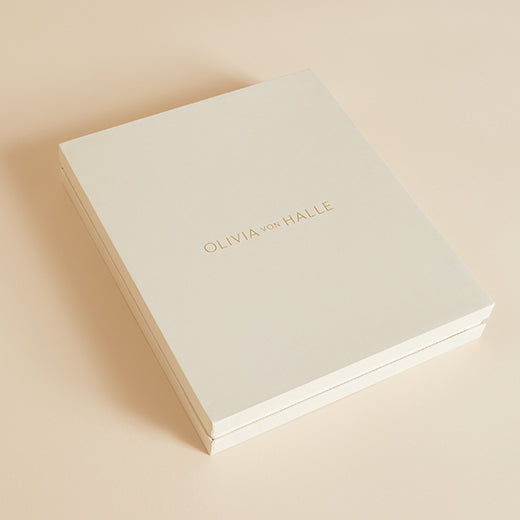“We must… visualize our homes not as so many specially designated rooms and convenient closets, but as individual expressions of ourselves, of the future we plan, of our dreams for our children. The ideal house is the house that has been long planned for, long awaited,” the famed interior designer Elsie de Wolfe observed in her bestselling book The House in Good Taste in 1913.
Elsie de Wolfe wasn’t just any interior designer. She was the mother of the discipline: a spirited, dedicated woman whose unswerving taste transformed people’s living rooms and ushered in a more modern approach to decorating one’s home as the Gilded Age era gave way to the 21st century.
Born in 1865, de Wolfe grew up in New York and attended finishing school in Scotland before returning to her home city, where she took to the stage. Although her acting talents weren’t highly praised, her attire was. She chose the following season’s costumes from a series of Parisian couturiers – and where she trod, others followed. Her eye for beauty and forward-looking design became her biggest asset when she closed the stage curtains for a final time and set up as a decorator in 1905. In doing so, she cemented her status as one half of a power couple alongside her partner Elisabeth ‘Bessie’ Marbury, a theatrical and literary agent whose clients included Oscar Wilde and George Bernard Shaw.
